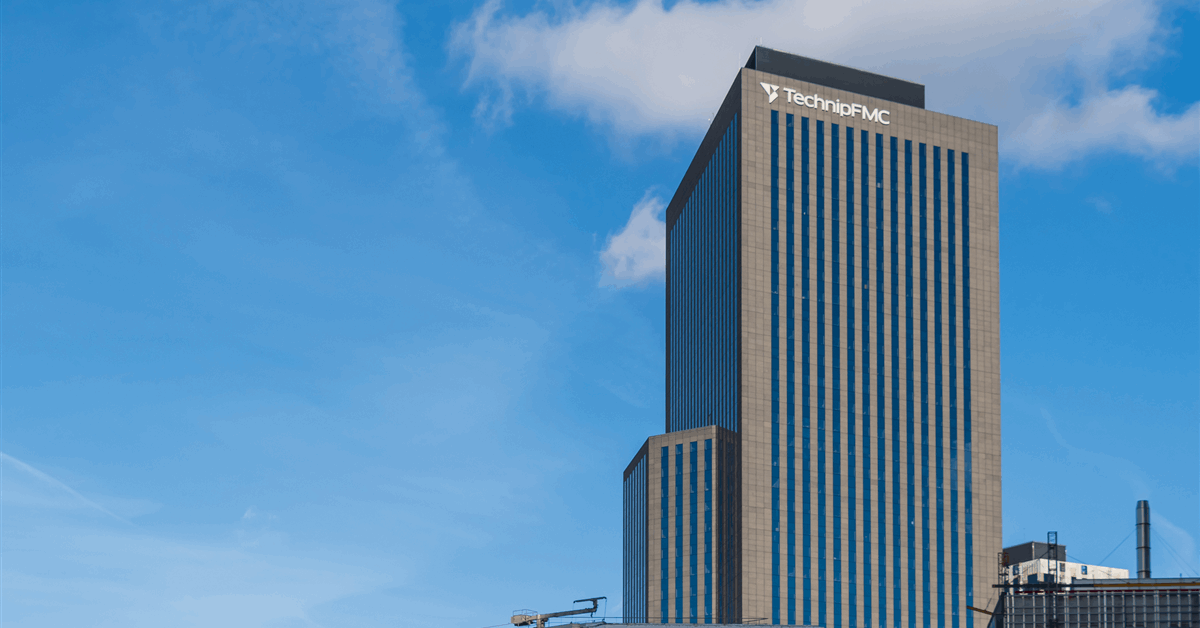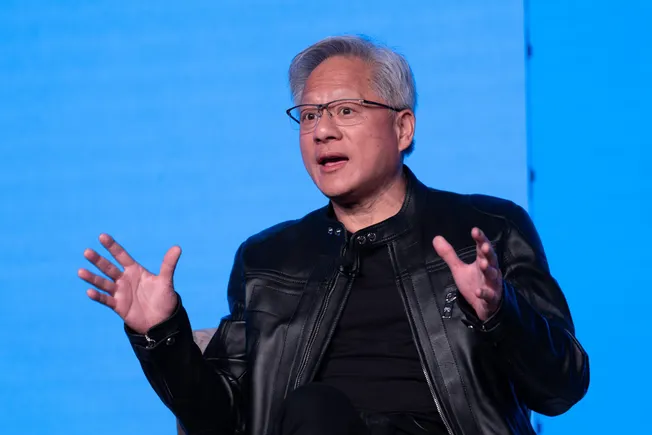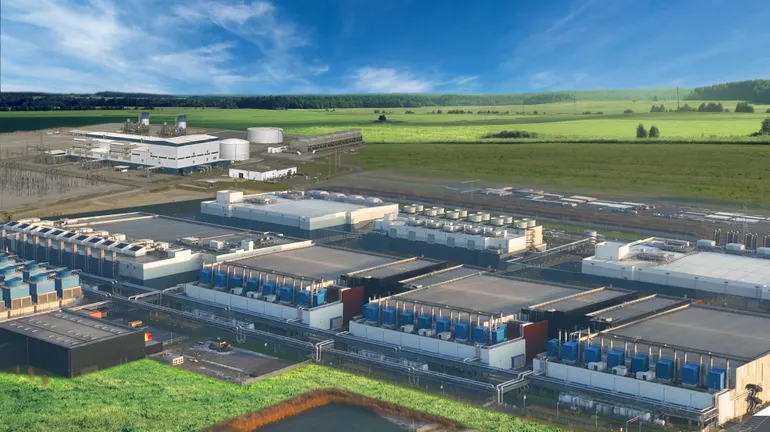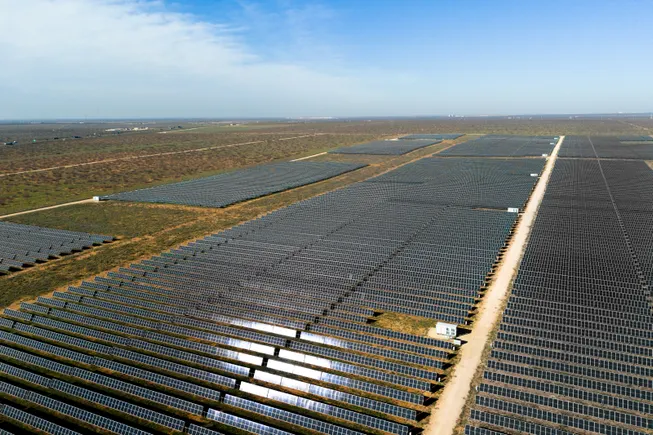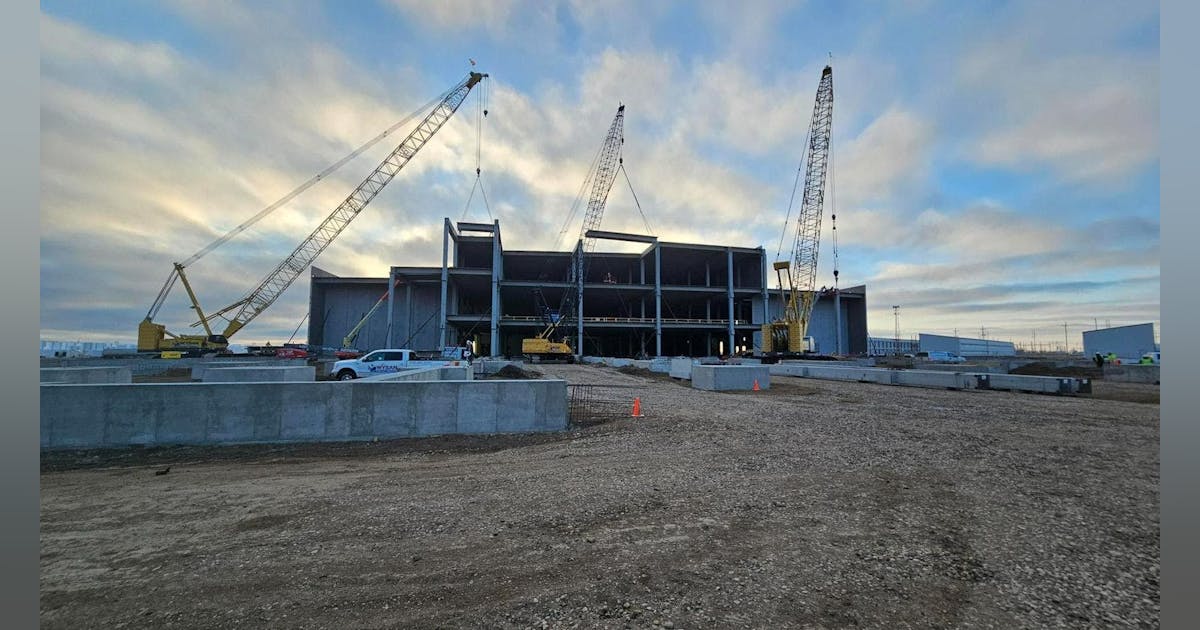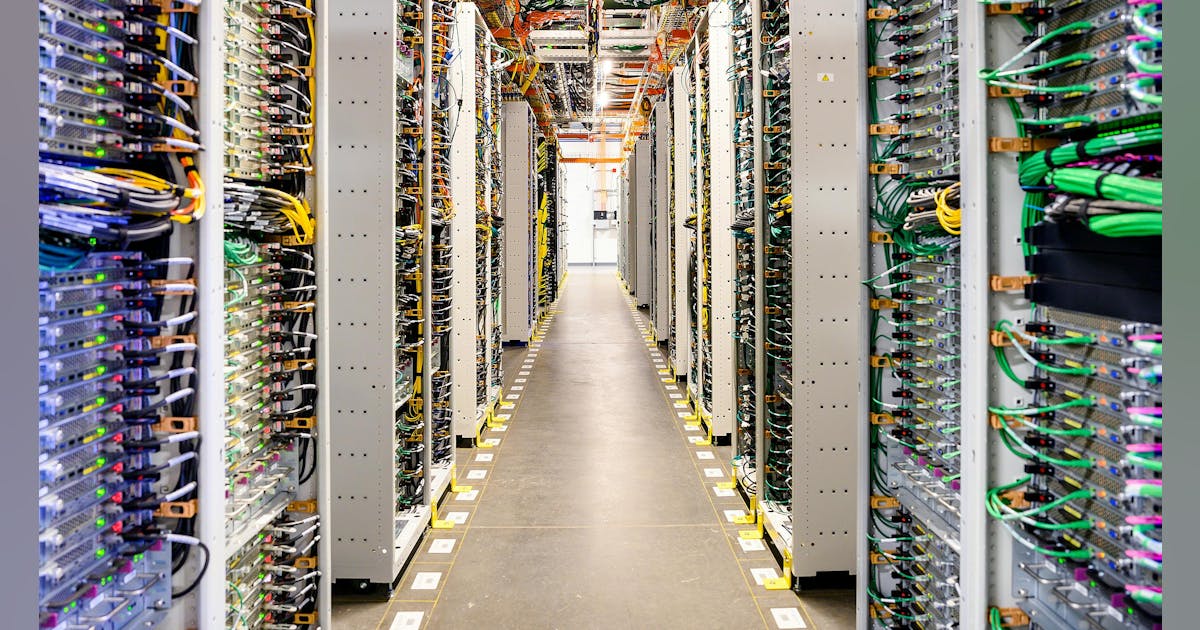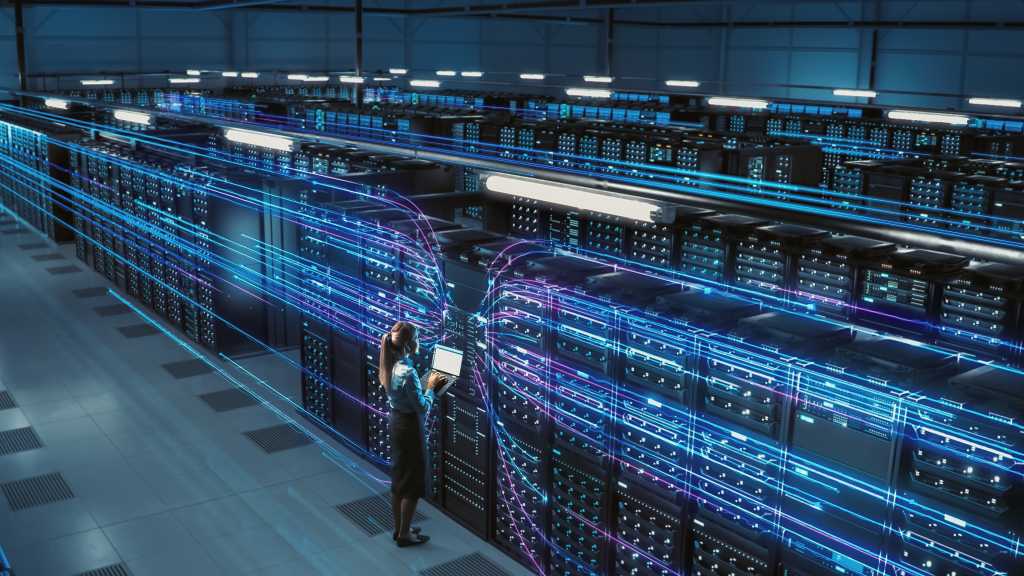
“Dublin imposed a 2023 moratorium on new data centers, Frankfurt has no new capacity expected before 2030, and Singapore has just 7.2 MW available,” said Kasthuri Jagadeesan, Research Director at Everest Group, highlighting the dire situation.
Electricity: the new bottleneck in AI RoI
As AI modules push infrastructure to its limits, electricity is becoming a critical driver of return on investment. “Electricity has shifted from a line item in operational overhead to the defining factor in AI project feasibility,” Gogia noted. “Electricity costs now constitute between 40–60% of total Opex in modern AI infrastructure, both cloud and on-prem.”
Enterprises are now forced to rethink deployment strategies—balancing control, compliance, and location-specific power rates. Cloud hyperscalers may gain further advantage due to better PUE, renewable access, and energy procurement models.
“A single 15,000-watt module running continuously can cost up to $20,000 annually in electricity alone, excluding cooling,” said Manish Rawat, analyst at TechInsights. “That cost structure forces enterprises to evaluate location, usage models, and platform efficiency like never before.”
The silicon arms race meets the power ceiling
AI chip innovation is hitting new milestones, but the cost of that performance is no longer just measured in dollars or FLOPS — it’s in kilowatts. The KAIST TeraLab roadmap demonstrates that power and heat are becoming dominant factors in compute system design.
The geography of AI, as several experts warn, is shifting. Power-abundant regions such as the Nordics, the Midwest US, and the Gulf states are becoming magnets for data center investments. Regions with limited grid capacity face a growing risk of becoming “AI deserts.”



